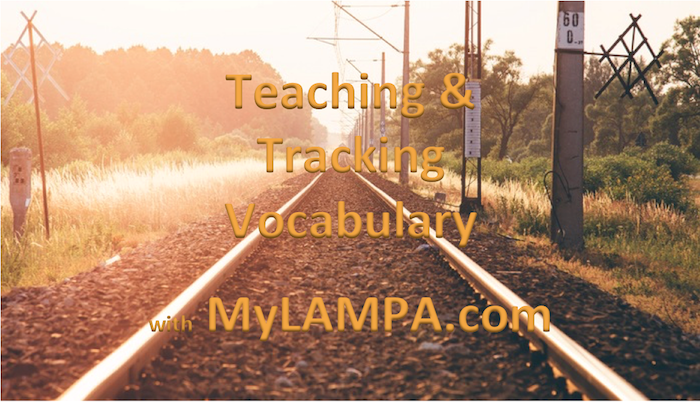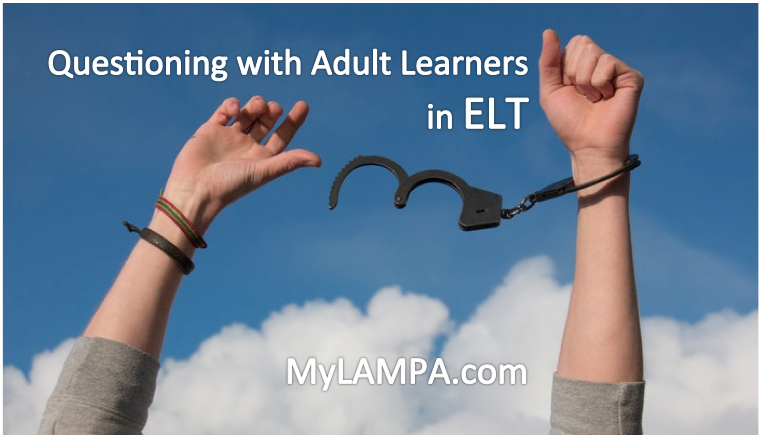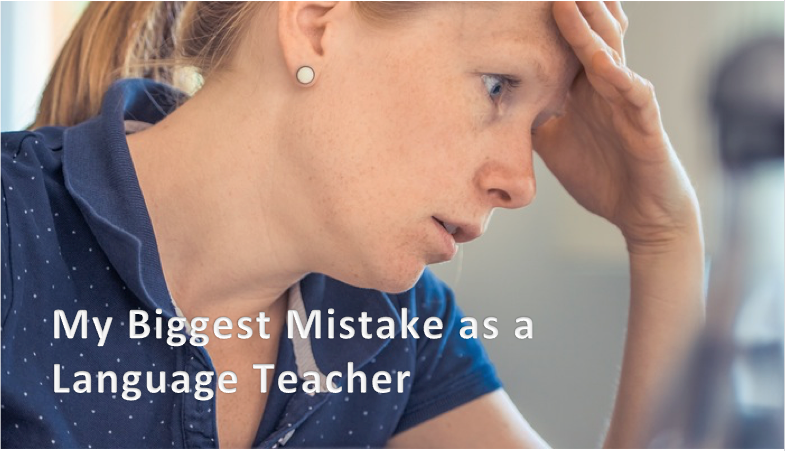Teaching and Tracking Vocabulary

If we ask language learners, “What is your main weakness in the language you are learning?” most will say, “My vocabulary.” Certainly, there are other issues connected with understanding native speech and grammar, but learning vocabulary seems to be a priority. In fact, it’s not only a problem for learners, it’s also a challenge for language teachers to remember or track what vocabulary they have done with which learners – and it’s no wonder.
Language learners acquire new vocabulary from three sources, from their learning materials, from their lifeworlds outside of the formal learning environment and from their classmates and teachers during formal learning.
As teachers, we can ask students to study vocabulary in their textbooks and we can actively practice vocabulary recorded in the materials during lessons. But, how do we easily track other necessary vocabulary that arises during lessons? What’s more, how do we encourage learners to learn their own new vocabulary outside of the classroom?
MyLAMPA gives language teachers a tool with which they can track vocabulary introduced during lessons with ease. The running list can be printed and is visible from the MyLAMPA Lesson Planner. This allows the teacher to quickly access vocabulary taught for revision, quizzes, games or filler activities.
Individual learners also have direct access through cloud-based personal dictionaries. The personal dictionaries are interactive. In addition to having access to the vocabulary their teachers have recorded, learners can add their own new vocabulary items or rate dictionary entries in terms of difficulty. Learners can get the free LAMPA Learning mobile app to play mobile learning games to practice new or difficult vocabulary outside of the classroom.
MyLAMPA connects the student and the teacher and lets them manage vocabulary together.
If you like this post and if you think MyLAMPA could be useful, please share this article. Thank you!




